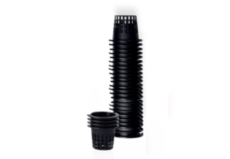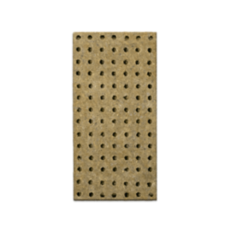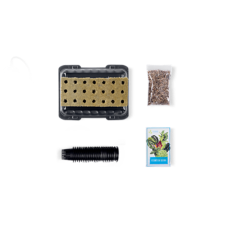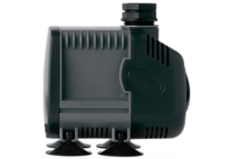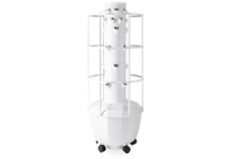How to Grow a Garden in the Shade
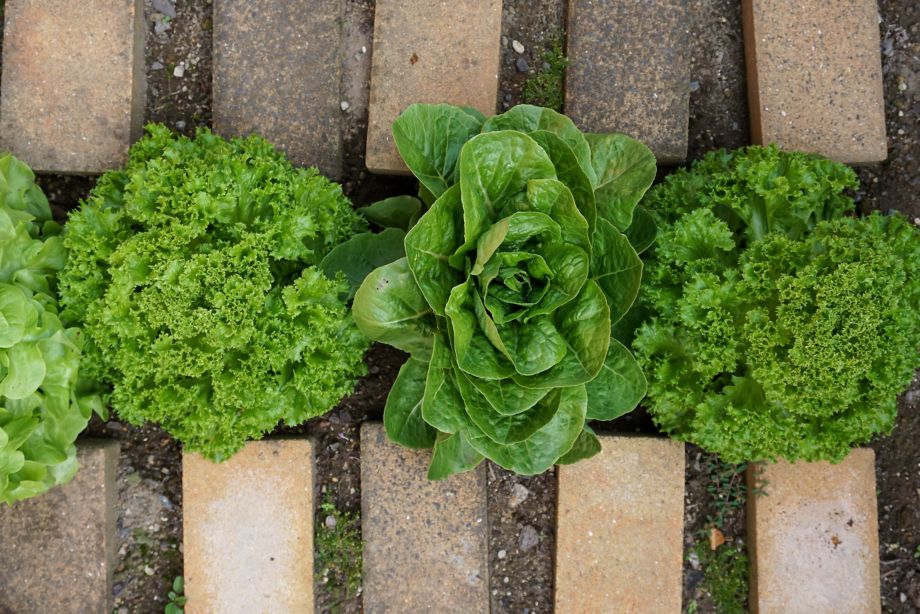
You might think that your shady backyard or balcony isn’t the most ideal place to grow a vegetable garden. But did you know some plants actually grow better with a little shade?
Shade-Tolerant Vegetables and Herbs
While full sun is essential if you’re growing fruiting crops, such as tomatoes, squash, and aubergine, many plants like leafy vegetables and herbs are less sun-needy. Most can do well with just 3–5 hours of sunlight daily.
Set yourself up for shade success by choosing the right shade-friendly plants for your Tower Garden. Check out some of the delicious veggies and herbs you can grow in the shade:
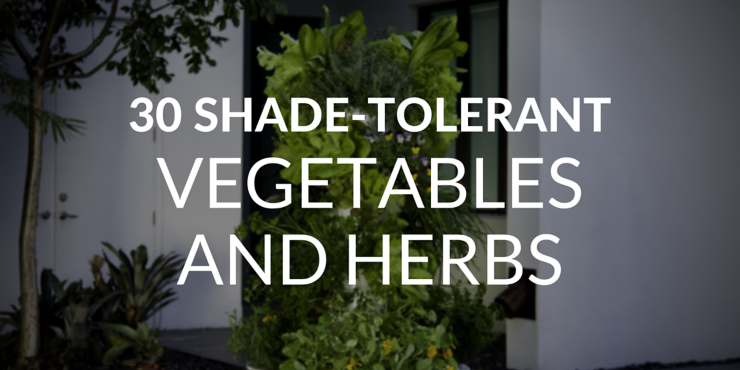
Vegetables
- Broccoli
- Brussels sprouts
- Bush beans
- Cabbage
- Cauliflower
- Celery
- Chard
- Collards
- Kale
- Kohlrabi
- Lettuce
- Leeks
- Mizuna
- Mustard
- Pak choi
- Peas
- Rocket
- Spinach
- Sorrel
- Watercress
Herbs
3 Tips for Gardening in the Shade
If you decide growing a shade garden is for you, here are some tips to help you maximise your healthy harvest.
Tip 1. Dappled shade, which is created when light filters through other objects (like tree leaves), is preferable for gardening because it results in a space that, though shaded, is relatively bright for most of the day. But you can grow crops in partial shade (when an object completely blocks out light and casts a shadow during part of the day) provided the plants get at least three hours of sunlight daily. (If your space doesn’t provide that, you’re better off gardening indoors with LED Indoor Grow Lights.)
Tip 2. To maximise all available light, place your Tower Garden beside a white wall or fence. The bright surface will reflect more light, helping compensate for the lack of direct sunlight.
Tip 3. Lack of light can put extra stress on plants, and stressed plants are more prone to pest problems. So be sure to monitor your plants closely, and try these natural methods of control if you see signs of pests.



